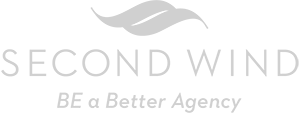Over the past few weeks, the things we always did and the ways we always did them changed completely. Now, everything is different.
As much as we’d like things to return to “normal,” that version of the world doesn’t exist anymore. It’s not yet clear what’s out on the horizon, and because of that, it’s difficult to determine how to move forward. Still, it’s safe to assume that the future won’t be business as usual for a while.
So… where do we go from here?
I recommend breaking that question in half, leaving you with: “Where do we go?” and “from here.”
Now, turn your attention to the second half of the question and begin by clarifying the location of “here.”
It’s tempting to start with “where do we go,” but that’s a tough question to answer if you don’t know where you are. With so much ambiguity and change surrounding us, it makes sense to determine where you are first. In other words, figure out where “here” actually is, before working on your plan for moving forward.
One framework I love for getting a grip on the reality of the present is The Business Model Canvas. It’s simple to understand and execute. It’s also comprehensive enough to uncover some great insights. I’ve shared a picture of it below in case you’ve never seen or heard of it.

The Business Model Canvas breaks an organization down into nine areas. The left side of the canvas tends to be more operational, including Key Partners, Key Activities, and Key Resources. In the middle of the framework is the value proposition. On the right are customer-facing elements – Customer Relationships, Channels, and Customer Segments. Along the bottom are Cost Structure and Revenue Streams.
What this framework gives you is an excellent snapshot of the value you create for your customers. It shows what goes into creating that value as well as how you engage with your customers as you deliver it.
Walking through this exercise, you can examine your business from a holistic perspective. What channels have you been using to communicate with your customers? What are the historical elements of your value proposition? What goes into making the products or services you sell to provide that value? What costs you money? How do you make money?
Construct the initial iteration of your canvas based on the way your business worked up until COVID-19. What did “here” look like a few weeks ago? Did it emphasize marketing channels like trade shows or networking meetings? Was your value proposition built around in-person, face to face interactions in someone’s home? Did you spend extra money leasing impressive space in a high traffic area? Should you still?
The Business Model Canvas often surfaces obvious opportunities for improvement. It can quickly highlight aspects of your business that need immediate attention. In developing it, you can get an initial sense of some changes you’ll need to make in your business.
One great thing about this framework is that it plays well with others. It’s very easy to combine it with other standard frameworks. Doing so can uncover more nuanced insights and options.
For example, you can pair it with a SWOT analysis. Assess each area of the canvas through the lens of SWOT. Determine what’s now a strength or a weakness. Explore potential opportunities and threats that you face within each box, and as a whole. Using these two frameworks together provides added context and makes findings more understandable.
PESTEL is another excellent framework to combine with the Business Model Canvas. Identify political, environmental, socio-demographic, technological, economic, and legal trends that are emerging. Consider how each of these areas might impact the segments of your canvas and the whole of your business. Explore how you can adapt your business to prepare for these changes.
With the work you’ve now done in figuring out where you are, you can start to paint a picture of where to go from here. What’s that picture look like? It looks like another Business Model Canvas.
Gather your thoughts, ideas, and recommendations from your “here” canvas. Next, choose a timeframe for the future. That’s going to be your “where we’re going” canvas. Then, start to build it out. Based on what you know, what do you think your canvas needs to look like in the future? This picture doesn’t need to be as precise as the “here” canvas. Remember, the future canvas is a directional tool, not a flawless turn by turn navigation program. Still, there’s tremendous value in having a sense of direction. Map your future canvas, and now you’ll have an idea of where you’re going from here. It’s not going to be perfect, but it’s progress. Don’t let the former impede the latter.
None of us knows exactly how this is all going to unfold, much less precisely what to do. The next normal, is an evolving work in progress, meaning that you’ll need to evolve with it. As we wait for it to emerge, I encourage you to do your best to work with what you have – the here and now. Do what you can to steady your footing and move forward.
The business model canvas may be the framework that helps you move from lost to found to forward. If you need help working with the business model canvas or creating the future version of your business, we’d love to help you.


